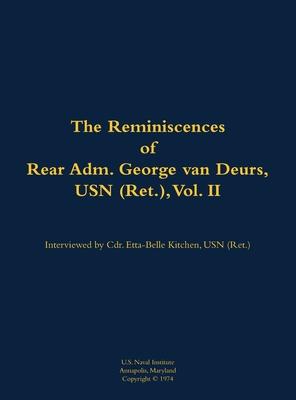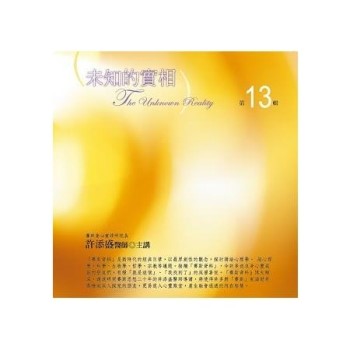Designated a naval aviator in 1924, Admiral Van Deurs served as a pilot with Torpedo Squadron Four, then Observation Squadron Three, the first squadron to operate regularly from catapults, based in the USS Memphis (CL-13). After four months with Observation Squadron One, he served as flight instructor, later test pilot, at Naval Air Station Pensacola. In 1929 he reported to the Asiatic Station and had three years’ duty in Scouting Squadron Eight, based in the USS Jason (AV-2), with temporary additional duty as aviator observer at Singapore and in the Netherlands East Indies. Returning from the Far East in 1932, he served as test pilot at Naval Air Station San Diego. He then was flight officer of Scouting Squadron One, based in the USS Ranger (CV-4), and additionally CO of the experimental Cold Weather Test Detachment of planes in that ship. His account of his duty in the USS Saratoga (CV-3) completes Volume I. Volume II takes up his career with his assignment to Naval Air Station Norfolk. He was then CO of Patrol Squadron 23 at Pearl Harbor. He was superintendent of Naval Air Station Corpus Christi and handled rapid expansion of training occasioned by the outbreak of World War II. In 1943 he became Chief of Staff, Commander Air Force, South Pacific, contributing to operations in New Georgia and Bougainville. He then had duty as CO of the USS Chenango (CVE-28), providing air support for seizure of Morotai and Leyte. In 1945 he served as chief of staff to Commander, Battleship Squadron One on board the USS Tennessee (BB-43), participating in bombardment of Okinawa. After the war he was Commander Task Force Group 55.2 and Commander Naval Forces, Kyushu, Japan, during the occupation. In 1947 he was CO of the USS Philippine Sea (CV-47) and then, until his retirement in 1951, served in aviation planning with the Chief of Naval Operations.
| FindBook |
有 1 項符合
Reminiscences of Rear Adm. George van Deurs, USN (Ret.), Vol. II的圖書 |
 |
Reminiscences of Rear Adm. George van Deurs, USN (Ret.), Vol. II 作者:Deurs 出版社:US Naval Institute Press 出版日期:2018-02-27 語言:英文 規格:精裝 / 302頁 / 27.94 x 21.59 x 1.75 cm / 普通級/ 初版 |
| 圖書館借閱 |
| 國家圖書館 | 全國圖書書目資訊網 | 國立公共資訊圖書館 | 電子書服務平台 | MetaCat 跨館整合查詢 |
| 臺北市立圖書館 | 新北市立圖書館 | 基隆市公共圖書館 | 桃園市立圖書館 | 新竹縣公共圖書館 |
| 苗栗縣立圖書館 | 臺中市立圖書館 | 彰化縣公共圖書館 | 南投縣文化局 | 雲林縣公共圖書館 |
| 嘉義縣圖書館 | 臺南市立圖書館 | 高雄市立圖書館 | 屏東縣公共圖書館 | 宜蘭縣公共圖書館 |
| 花蓮縣文化局 | 臺東縣文化處 |
|
|
圖書介紹 - 資料來源:博客來 評分:
圖書名稱:Reminiscences of Rear Adm. George van Deurs, USN (Ret.), Vol. II
|











